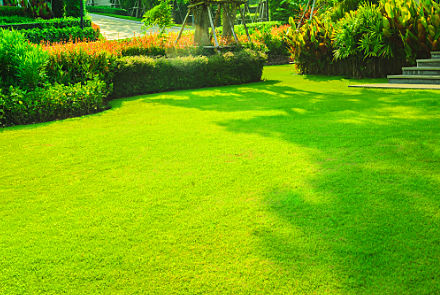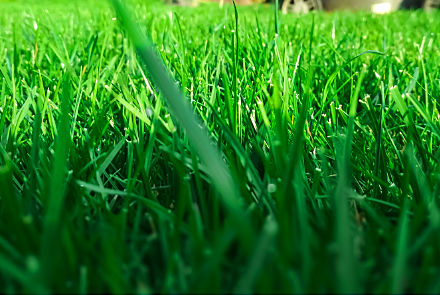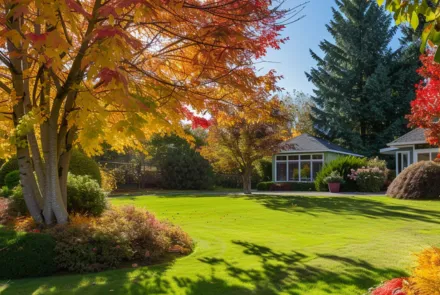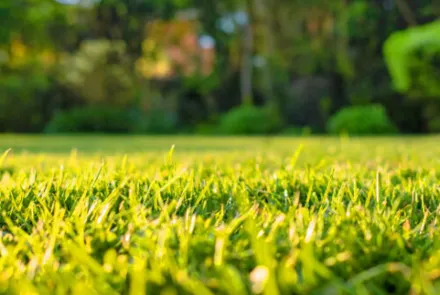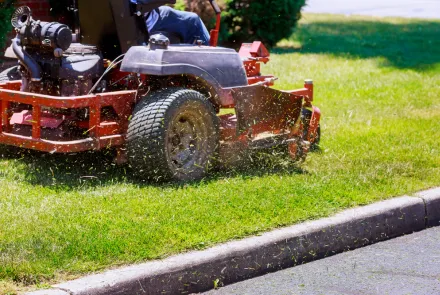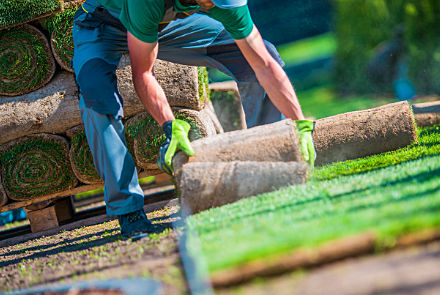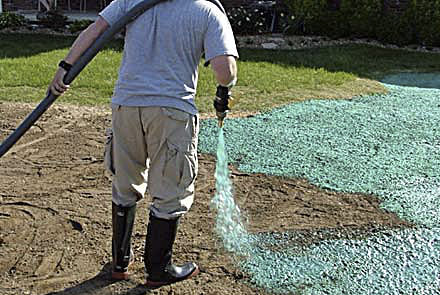- Telephone
The Autumn Program
Our Autumn Program is a comprehensive package which covers every facet of lawn renovation under taken in the autumn to take advantage of the colder, winter season ahead. Our aim is to strengthen
your lawn for the oncoming, colder months and have your lawn keeping its colour over that period. If you read on, you will find a more detailed synopsis of the program and the procedures undertaken to achieve the results we are looking for:
Contact us today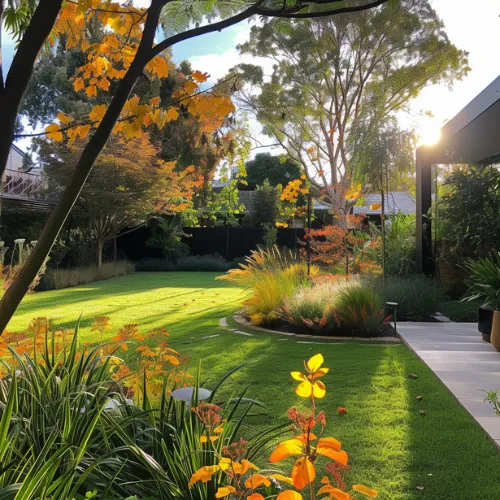
What is Thatch?
There are two types of thatch- one common to buffalo; the other common to most other grasses but especially couch and zoysia.
In buffalo, a thatch build-up is created by a healthy lawn generating new stolons. Stolons are overground roots that can grow vigorously in a new lawn and build up a spongy surface, making it more difficult to mow as time passes. In extreme cases, this can lead to the lawn being almost impossible to cut as it gets bogged in the thatch while trying to push your mower.
In other grasses, thatch is normally referred to as a build-up of dead grass that forms a layer over the soil surface. This layer of thatch acts as a barrier, impeding the free flow of moisture, oxygen, and carbon dioxide to and from the grass roots. Additionally, it obstructs light from reaching the base of the grass shoots. Allowing thatch to build up can have detrimental effects on lawns, weakening the grass, fostering moss growth, and promoting diseases. Therefore, it is crucial to prevent the accumulation of thatch through regular scarification to maintain the overall health and vigor of the lawn.
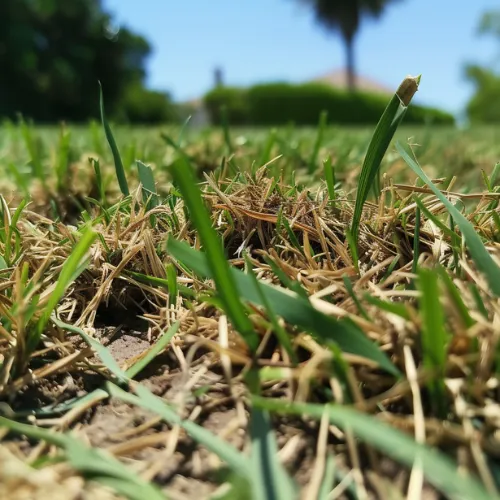
What is Dethatching?
Dethatching, also known as scarifying, involves the use of specialised machinery to
remove the build-up of dead grass on the soil surface. It is also undertaken to remove the sponginess of a lawn to make mowing easier. The process may take several sweeps to achieve the desired results but the benefits of dethatching a lawn are many.
Regular scarification is essential for maintaining healthy lawns by preventing the accumulation of thatch and moss. Thatch, comprised of deceased organic matter on the soil surface, naturally occurs as old grass stems die and are replaced by new growth. Typically, soil bacteria break down thatch into nutrients for other plants. However, in cases of substantial thatch, bacteria may struggle to digest it, leading to the formation
of a fibrous layer on the soil surface.
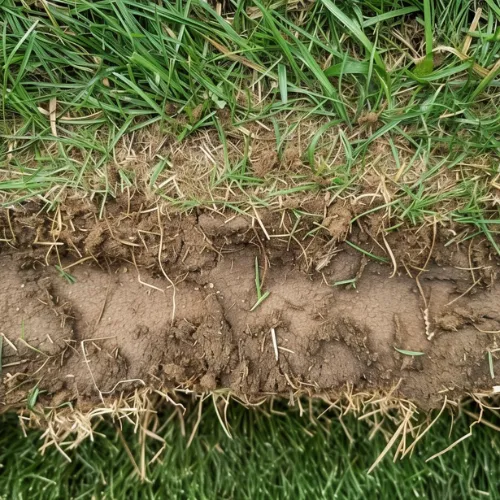
If you would like to speak with us directly, don’t hesitate to contact us as we are always available for a friendly chat
Initial consultation and quotation
We come out and assess your lawn.
- Identify the weeds and problem areas.
- Discuss your needs and desires for your lawn.
- You’re then given a FREE, no obligation quote

Outline of works carried out on the day.
- Your lawn is sprayed for broad-leafed weeds and creepers but moss is the main target in this process
- The lawn then dethatched using a scarifying machine
- The thatch is removed and placed on your compost heap or in your green waste bin.
- Your lawn is treated with liquid fertiliser comprising of nitrogen, iron and potassium, as well as a blend of kelp, sh emulsion and worm castings (it’s like Seasol on steroids)
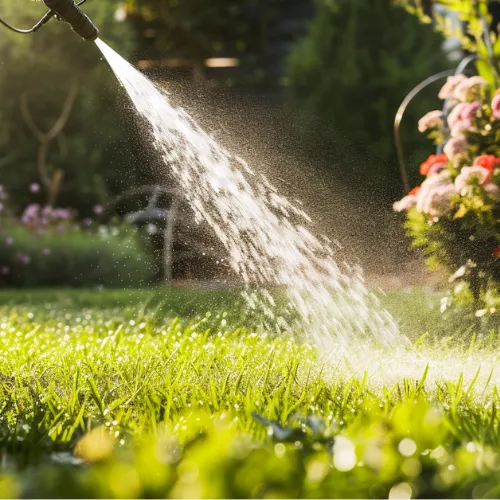
Professional Scarification
When we arrive, we will scarify your lawn, removing the thatch that has built up over the years. This process allows your soil surface to ‘breathe’.
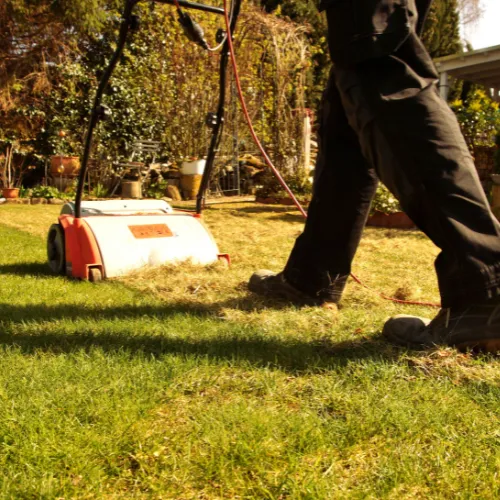
Thatch Buildup
Some lawns accumulate a thick layer of thatch which can ultimately be a detriment to an, otherwise, very attractive garden.
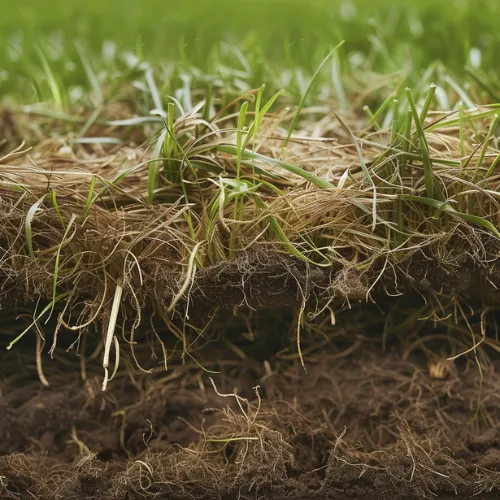
Optimise Your Lawn's Health
After clearing the thatch away, a liquid, organic soil conditioner made up of a blend of kelp, Fish emulsion and worm castings and a liquid fertiliser containing nitrogen and iron to green up the lawn and potassium to keep the lawn greener, for longer, over the winter period.
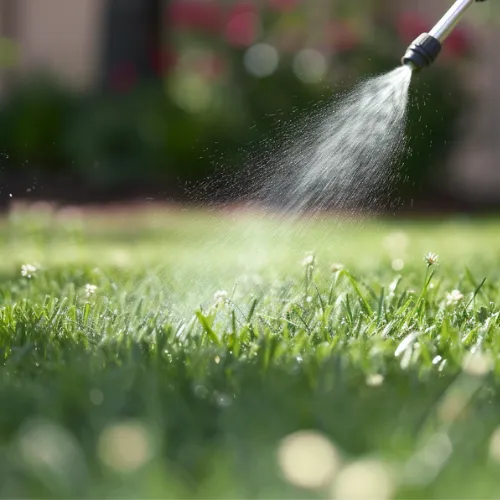
Experience Rapid Results
The process is then completed. Within a couple of weeks, your lawn should be showing the benefits of the program and growing well.
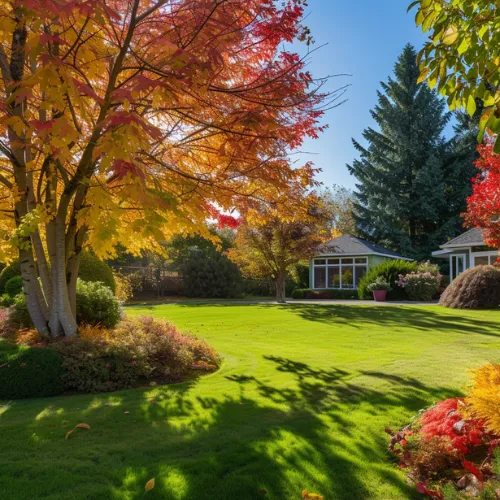
© ProLawn 2024


